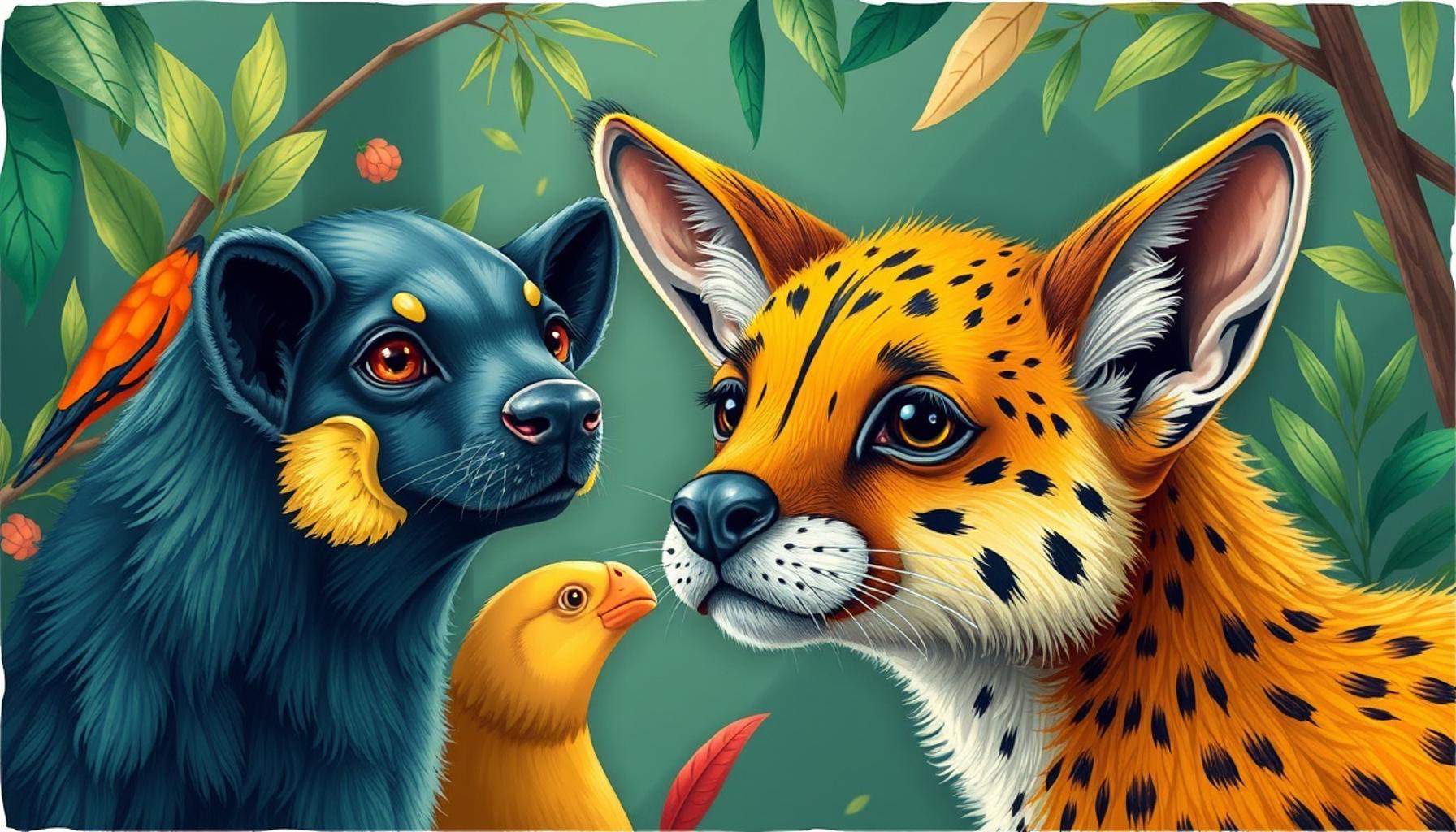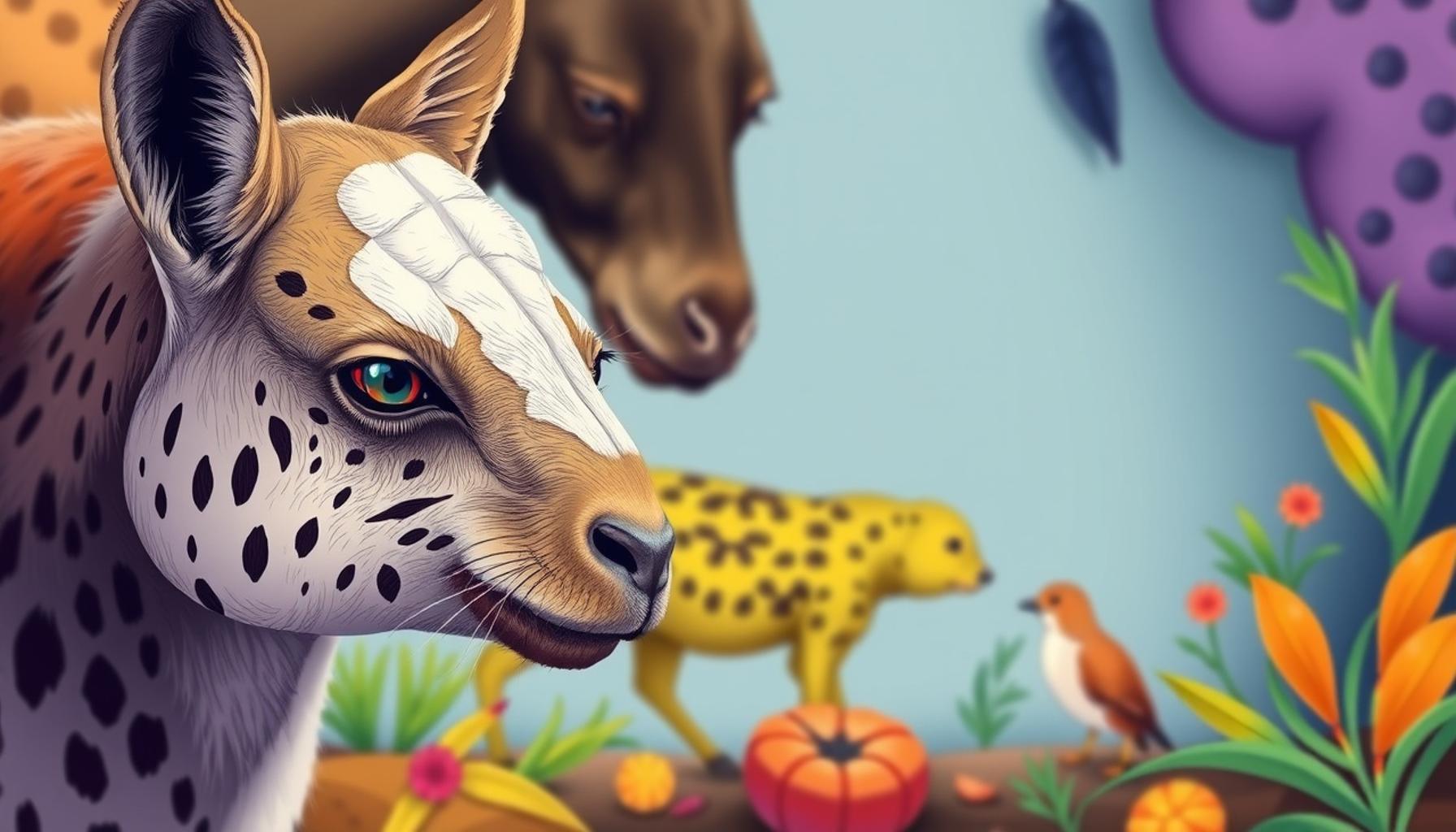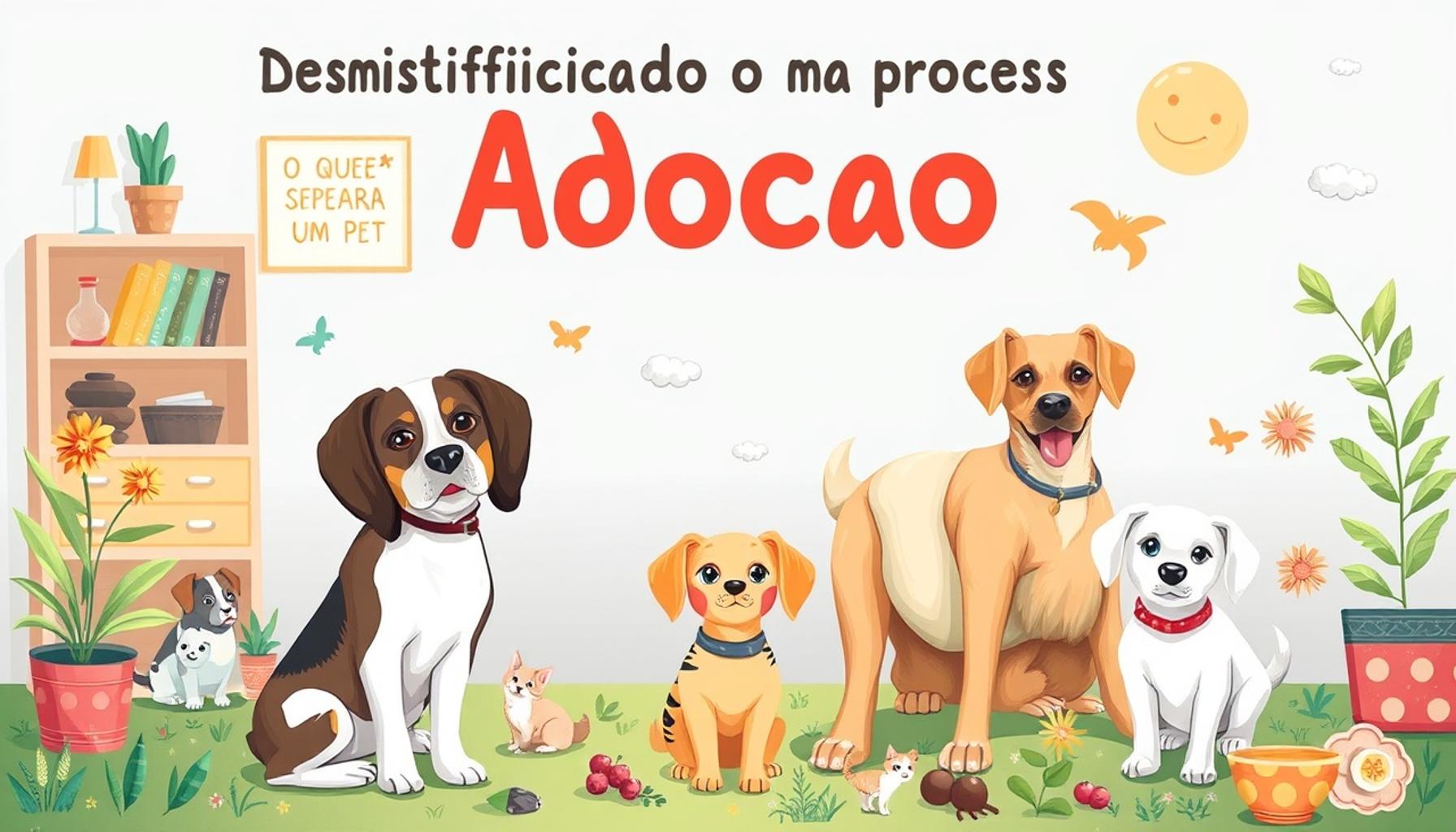The Role of Social Media in Promoting Animal Adoption in Nigeria
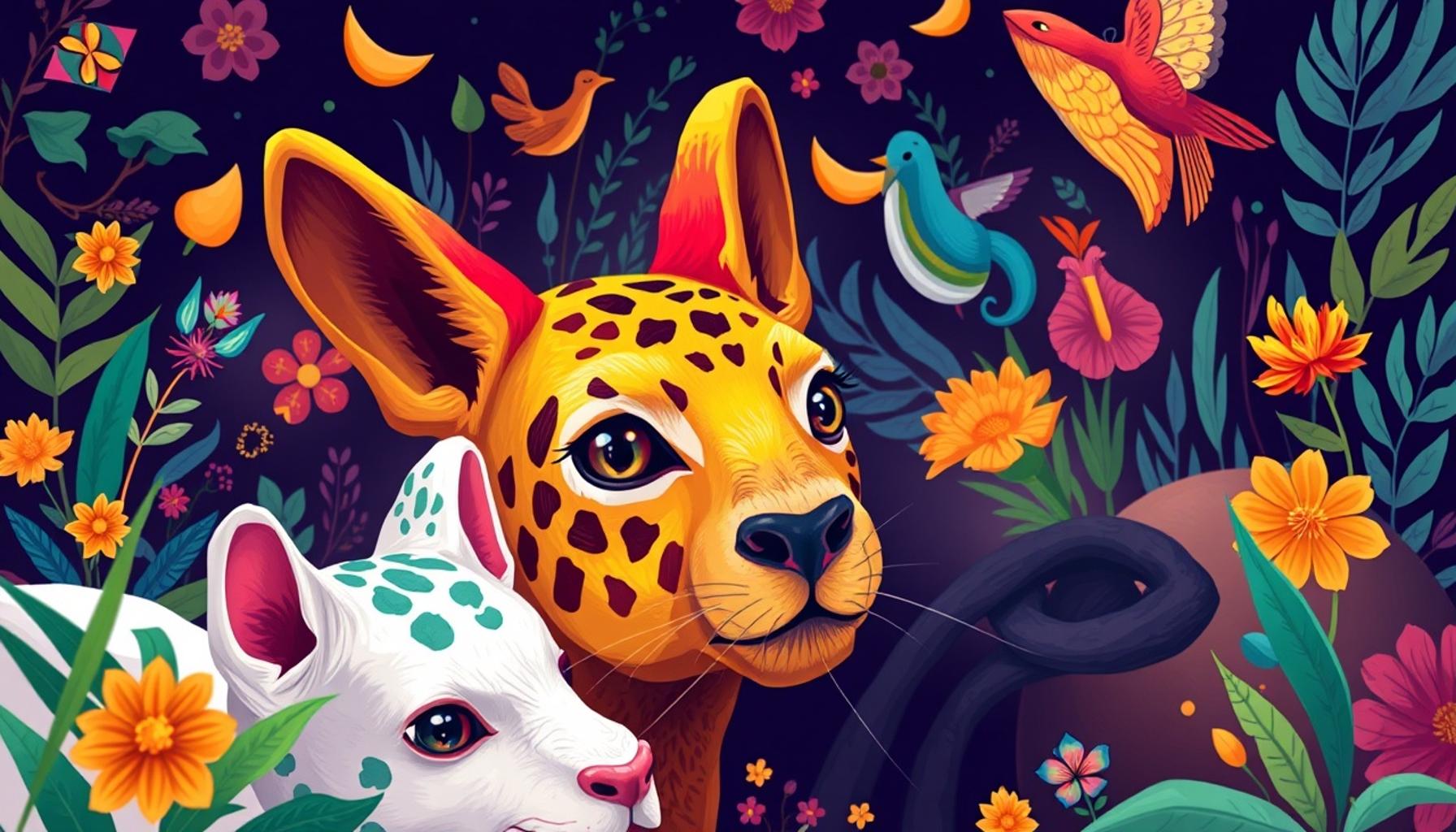
Understanding the Role of Social Media in Animal Adoption
In today’s digital age, social media has revolutionized how organizations communicate and engage with their communities. In Nigeria, this trend is especially pronounced in the realm of animal welfare, where social platforms have become essential to not only raising awareness of pet rescues but also driving animal adoption. With so many stray animals roaming urban areas, the effective use of social media is paramount in addressing pet overpopulation.
Organizations passionate about animal welfare are harnessing the power of platforms like Facebook, Twitter, and Instagram for impactful campaigns. Through these channels, they share heartwarming stories of rescues that resonate with the public. For example, narratives detailing a stray dog’s journey from abandonment to finding a loving home captivate audiences and inspire them to consider adoption. Engaging visuals, such as videos of playful kittens or adorable puppies, have proven invaluable, as they grab attention and evoke empathy.
Connecting Communities with Local Shelters
Another critical aspect of these campaigns is the ability to directly connect potential adopters with local shelters. Many organizations utilize hashtags relevant to their region, making it easier for community members to find adoptable pets. Campaigns like “#AdoptDontShop” or “#NigerianRescuePets” help streamline the process, allowing individuals to discover pets available for adoption in their vicinity. This strategy not only fosters a sense of community but also highlights the urgent need for responsible pet ownership.
Statistics reflect the strong influence that social media wields over public decision-making. A study indicated that nearly 70% of individuals in Nigeria are likely to seek out information on pets through social media before deciding to adopt. This considerable percentage underscores the potential of awareness campaigns in leading to:
- Increased adoption rates, resulting in fewer animals being left to fend for themselves on the streets.
- Greater community involvement in animal welfare, as citizens become more informed about local initiatives and volunteer opportunities.
- Enhanced understanding of responsible pet ownership, empowering individuals with knowledge about the needs of their pets and the importance of spaying/neutering.
A Look Into Successful Initiatives
Several animal welfare organizations have successfully harnessed social media for their campaigns. For instance, the NGO “Dogs of Lagos” regularly showcases adoptable pets on their Instagram page, pairing compelling visuals with heartfelt stories. Their innovative approach has led to multiple successful adoptions, transforming lives on both sides of the leash.
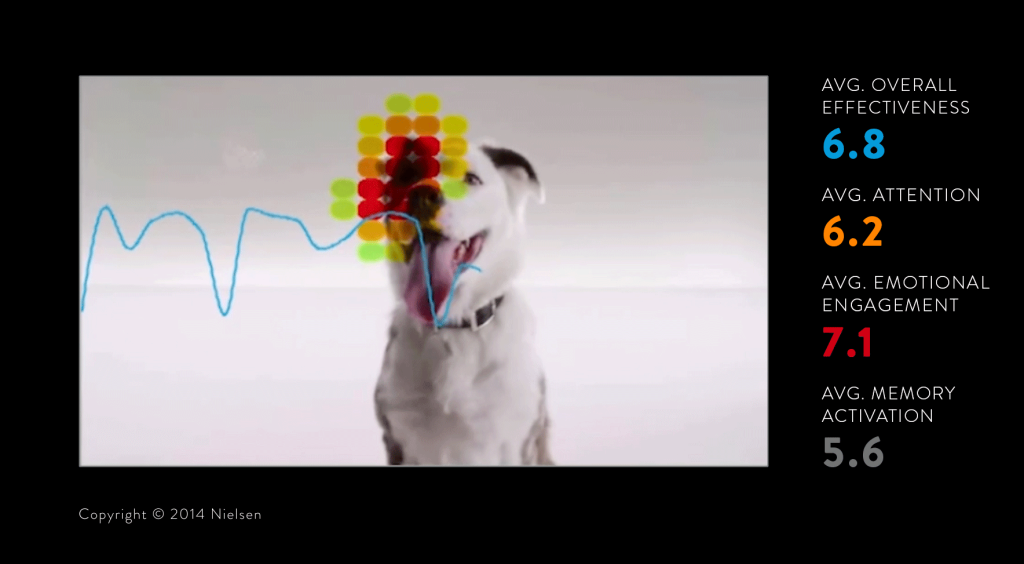
In conclusion, the impact of social media on animal adoption in Nigeria is undeniable. It not only serves as a tool for sharing heartwarming stories but also fosters a culture of empathy and responsibility within communities. The ongoing initiatives and widespread engagement are paving the way for a brighter future for stray animals, encouraging people to open their hearts and homes. As this transformational journey continues, it invites everyone to become part of a larger movement towards compassionate animal welfare across the country.
YOU MAY ALSO LIKE: Read read another article
Empowering Local Voices: How Social Media Drives Animal Adoption in Nigeria
As the landscape of animal welfare in Nigeria evolves, social media stands at the forefront, permitting advocacy groups and local shelters to share their mission with a wider audience. The immediacy and reach of platforms like Facebook, Instagram, and Twitter allow organizations to unveil the pressing realities faced by animals in need. This digital revolution is fostering a connection that transcends traditional boundaries, making the need for animal adoption part of the everyday conversation.
For many Nigerians, social media has become the primary source for discovering adoptable animals. With a simple scroll through their feeds, potential adopters can stumble upon a heartwarming photo of a rescued pet seeking a forever home. Utilizing strong visuals and engaging narratives, organizations encourage followers to consider welcoming a new furry companion into their lives.
Visual Storytelling that Inspires Action
The art of visual storytelling is vital in spurring engagement and fostering empathy. Social media campaigns often use compelling images—whether it’s a stray dog curled up on the street or a kitten playfully interacting with its foster family—to illustrate the stark contrast between abandonment and the joy of adoption. These moving representations not only command attention but also encourage sharing, allowing the message to reach a broader audience.
Through videos showcasing the day-to-day lives of adoptable pets, organizations can share their journey, which resonates emotionally with potential adopters. A short clip of a shy dog overcoming its fears in a loving foster home or a playful cat engaging with its new family can evoke feelings of compassion and urge individuals to contribute to the cause. Social media thus becomes a significant platform for advocacy, leading to measurable outcomes in terms of increased adoption rates.
A Platform for Community Engagement
The influence of social media extends beyond mere awareness; it cultivates a robust community of advocates dedicated to animal welfare. Utilizing interactive methods—such as polls, questions, and live Q&A sessions—organizations can engage directly with their followers. This level of interaction nurtures a sense of belonging among potential adopters and animal welfare supporters, encouraging them to become active participants in campaigns.
- Community Events: Many organizations promote local events through social media, such as adoption drives or fundraising campaigns, drawing in crowds eager to help.
- Volunteer Opportunities: By leveraging social media, shelters can quickly inform the community about ways to volunteer, creating a more hands-on approach to animal welfare.
- Pathways for Advocacy: Those engaged in animal rescue often share insights and resources, which guide followers on how to contact local shelters and the importance of supporting responsible pet ownership.
In Nigeria, social media serves as a digital village square—a space where animal lovers can connect, share experiences, and advocate for change. The rich content generated through stories, images, and engagement not only inspires individual adoption but also builds a broader awareness of the importance of animal welfare.
The Role of Social Media in Promoting Animal Adoption in Nigeria
In recent years, social media has emerged as a crucial platform for promoting animal adoption across Nigeria. With a significant portion of the population actively engaging on platforms like Facebook, Instagram, and Twitter, animal rescue organizations have found a new avenue to connect with potential adopters. One pivotal role of social media is its ability to showcase animals in need of homes through compelling visuals and heartwarming stories. The use of high-quality images and emotional narratives can capture the attention of users, encouraging them to consider adoption.Moreover, social media facilitates community building among animal lovers and advocates for responsible pet ownership. Various campaigns and events are promoted online, further raising awareness about the plight of stray animals and the importance of adoption. Hashtags such as #AdoptDontShopNigeria trend regularly, amplifying the message across wider audiences. Additionally, collaborations with influencers and celebrities can significantly boost the visibility of adoption drives. Their reach can lead to increased traffic to shelters and a higher rate of successful adoptions. Engaging content that includes videos of animals available for adoption, live Q&A sessions, or virtual tours of shelters makes the adoption process feel more accessible and friendly.Furthermore, the immediacy of social media allows organizations to update followers about newly available animals, adoption events, and success stories in real time. This dynamic interaction fosters a sense of urgency and encourages swift action from potential adopters.
Advantages of Social Media in Promoting Animal Adoption
| Category 1 | Category 2 |
|---|---|
| Increased Visibility | Social media platforms allow shelters to reach broader audiences, promoting animals available for adoption. |
| Community Engagement | Encourages interaction among animal lovers, fostering a supportive community around adoption. |
In summary, the effective employment of social media in advocating for animal adoption presents vast opportunities for stranded animals to find loving homes in Nigeria. This digital approach not only raises awareness but also creates an environment where animals receive love and care they deserve.
ADDITIONAL INSIGHTS: Expand your understanding here
Building Awareness: The Broader Impact of Social Media on Animal Welfare
Not only does social media serve as a conduit for promoting animal adoption, but it also plays a crucial role in *raising awareness* about broader issues related to animal welfare in Nigeria. Campaigns addressing topics such as stray animal overpopulation, neglect, and the importance of spaying or neutering pets have gained significant traction on various platforms. These conversations, while perhaps less visible than direct adoption advertisements, are fundamental in changing perceptions and encouraging responsible pet ownership.
The Role of Influencers and Public Figures
In Nigeria, the influence of social media extends significantly through the involvement of local celebrities and public figures. When notable personalities advocate for animal adoption or welfare, they provide a substantial boost to the visibility of initiatives. Their endorsements—whether sharing posts, participating in adoptions, or attending fundraising events—can influence thousands of followers to consider becoming adoptive pet parents. For instance, the recent collaboration between local celebrities and various animal welfare organizations has led to a surge in interest, proving that visibility breeds action.
These influencers are not limited to just the entertainment industry; many local sports figures and business owners also contribute to these efforts. Their testimonials and shared stories can *de-stigmatize* adopting stray animals, showcasing real-life transformations that occur when animals are given a second chance at life.
Educational Content: Spreading the Message about Responsible Pet Ownership
Social media serves as an educational platform, where organizations can disseminate important information about pet care and responsible ownership. Infographics, tutorials, and informative videos about adopting, training, and caring for pets are becoming increasingly popular, keeping followers engaged and informed.
- Engagement Through Storytelling: Many organizations leverage storytelling to emotionally connect audiences. Narratives depicting the journeys of rescued animals from neglect to thriving in loving homes help potential adopters visualize the positive outcomes that arise from adoption.
- Resource Sharing: Posts sharing resources like low-cost vaccination drives or community spaying/neutering programs are invaluable. Using social media to publicize these resources encourages responsible pet ownership, leading to fewer stray animals.
- Success Stories: Highlighting successful adoptions allows organizations to celebrate their impact, encouraging others to do the same. Regularly featuring happy endings fosters an environment where the community feels empowered to get involved.
Moreover, social media is a platform that allows for immediate feedback and engagement. Comments, replies, and shares enable organizations to gauge public interest in animal welfare issues and create tailored campaigns that resonate with their audience. This active dialogue helps sustain momentum for animal welfare efforts and galvanizes community action.
Utilizing Hashtags for Greater Reach
The strategic use of hashtags has become a game changer in amplifying messages regarding animal adoption and welfare in Nigeria. Popular tags like #AdoptDontShop or #SaveANigerianStray create a sense of community and thread through various posts, making it easier for individuals to discover adoption opportunities. People searching for content related to animal welfare can easily find relevant posts, thus increasing the chances of adoption for many animals in need.
Hashtags also facilitate collaboration among different organizations, providing unity in messaging and strengthening efforts across the nation. By rallying together under common tags, organizations can raise awareness on a larger scale, encouraging more individuals to consider the importance of animal adoption.
The combined effect of educating the public about responsible ownership, the influence of notable figures, and savvy use of social media tools illustrates how these platforms are not just promoting individual adoptions but fostering a sea change in society’s approach to animal welfare in Nigeria.
SEE ALSO: Click here to read another article
Conclusion: The Transformative Power of Social Media in Animal Adoption
In summary, the impact of social media on animal adoption in Nigeria is not only significant but also increasingly transformational. By leveraging platforms like Facebook, Instagram, and Twitter, animal welfare organizations, influencers, and everyday citizens are working hand in hand to foster a community that champions the cause of animal adoption. The engagement through storytelling, educational content, and the strategic use of hashtags like #AdoptDontShop highlight how these digital spaces can create a ripple effect, raising awareness about responsible pet ownership and the urgent need to address issues like animal neglect and overpopulation.
Moreover, the collaboration between public figures and local organizations amplifies the message and dispels the stigma surrounding the adoption of stray animals. This powerful combination of visibility and education has initiated a shift in responses from potential pet owners, positively influencing adoption rates and instilling a sense of responsibility towards animal welfare in the broader society.
As the conversation around animal welfare continues to grow in Nigeria, social media will undeniably remain a vital tool in promoting animal adoption. The journey forward requires sustained efforts to educate and inform the public while embracing community engagement. By harnessing the power of digital storytelling and connectivity, Nigeria can continue to evolve towards a more compassionate society that values every animal’s right to a loving home. The challenge now lies in capitalizing on this momentum, encouraging more individuals to take the leap and adopt, not shop.
